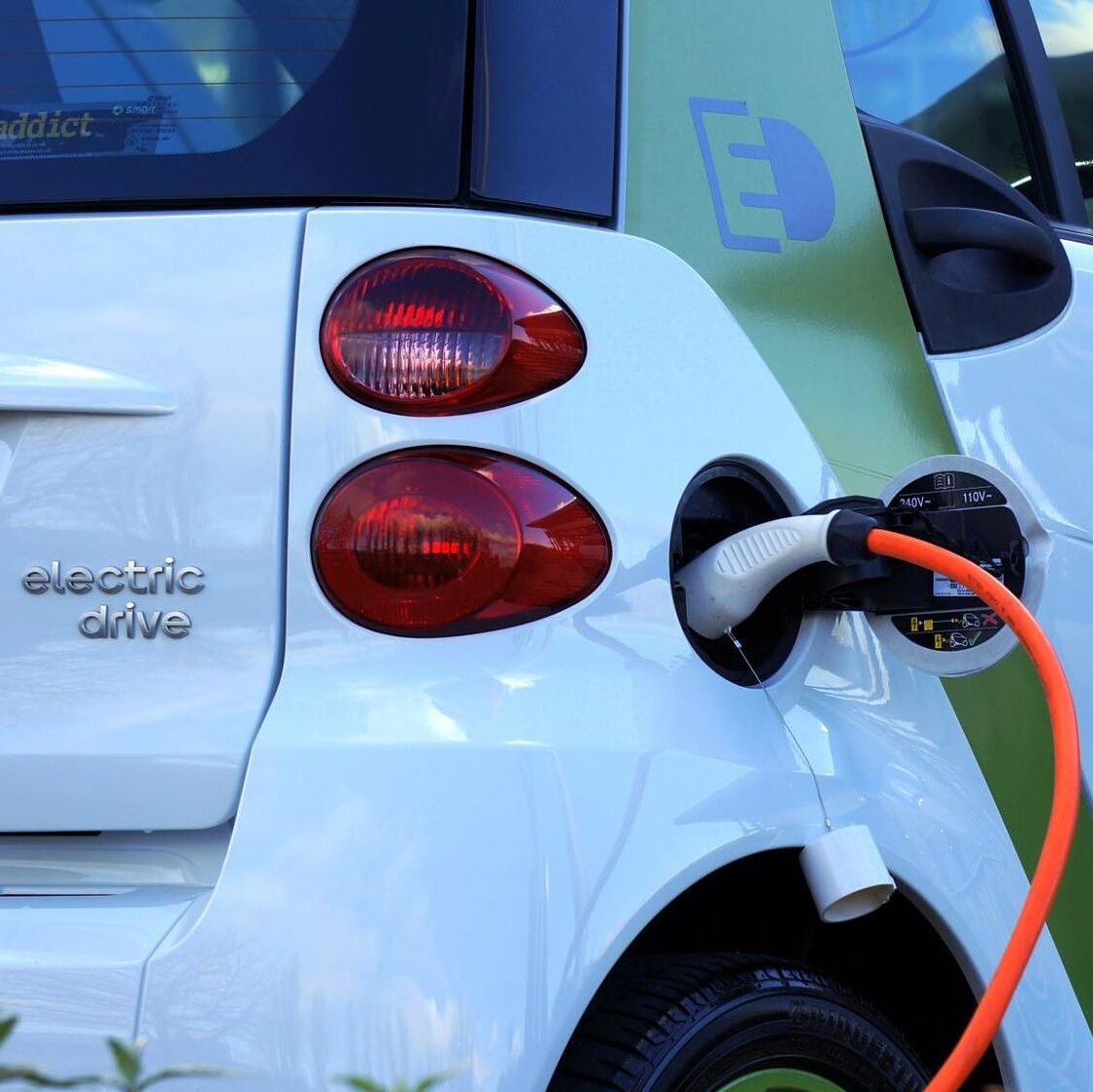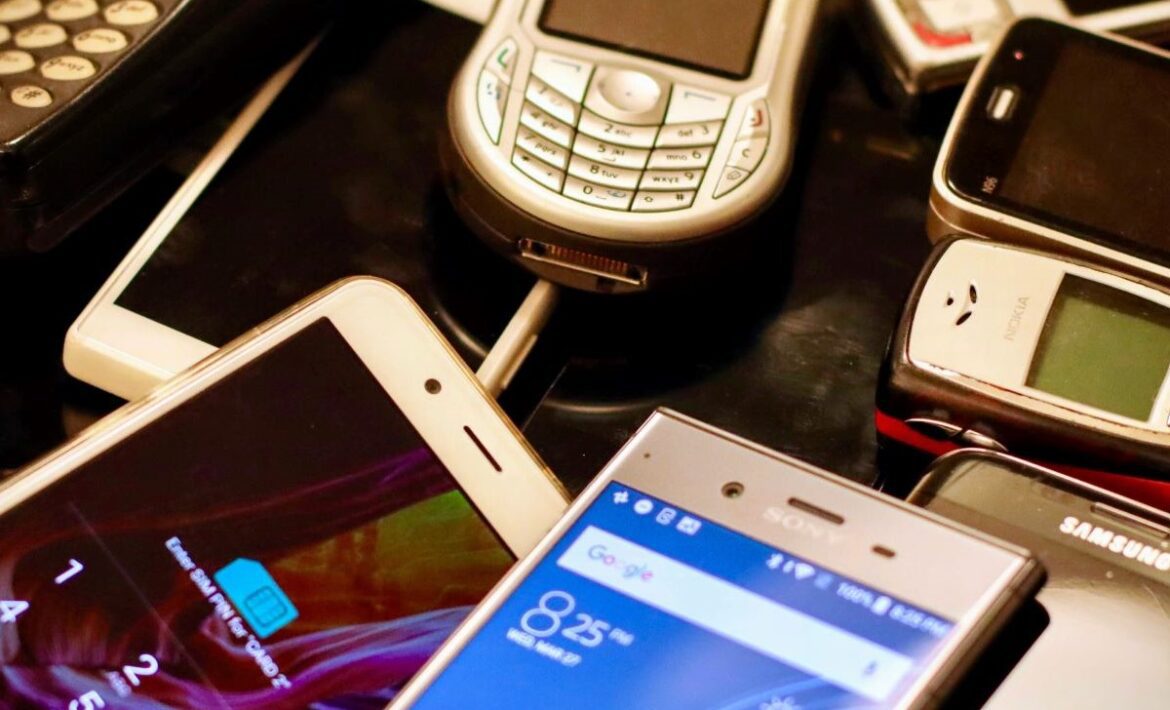
Recycling Lithium-Ion Batteries: Considerations and Challenges to a Cleaner Future
by Evelyna Wang
Rechargeable lithium-ion batteries (LIBs) are the leading technology used to power electric vehicles (EVs) today.[1] By moving toward electrochemical energy sources, we can reduce carbon emissions and decrease fossil fuel usage. However, these idealistic scenarios often overlook the environmental cost of sourcing and processing materials for LIBs as well as their end of life treatment.
There are potentially both economic and environmental benefits to recycling LIBs. The active materials used in LIBs are not only costly, but extraction and processing of these materials is also environmentally destructive as well as dangerous to local workers and populace.[2-5] Lithium is commonly found in desert brines, where current mining techniques introduce large volumes of water into the desert atmosphere. This water displacement dramatically impacts the local community, climate, and ecosystem.[2] Processing transition metals for cathode materials is equally environmentally devastating, accounting for a significant portion of greenhouse gas emissions during battery manufacturing.[3] Furthermore, mining often takes place in countries “where governments are unable, or unwilling, to safeguard against severe social and environmental externalities.”[4] Non-transparency in the supply chain means that some portion of materials are sourced from informal mining facilities that violate human rights and even exploit child labor.[4,5] Recycling and reclaiming these materials may alleviate some of the costs and burdens of demand on sourcing new materials from the earth’s crust.
A simple method for recycling LIBs is to reuse them in lower power, second-life applications. Successful secondary life use depends on accurate measures on a battery’s state of health when the EVs are decommissioned and ongoing studies are dedicated to developing accurate estimations.[6]
On the other hand, direct recycling mostly focuses on recovering the expensive active materials within the battery electrodes.[7] The active materials in a battery can be extracted via chemical treatment methods, physical pulverization, and then separation.[7] Following this procedure, materials can be recovered and reprocessed for use in new batteries. While recycling LIBs via this direct method appears successful and potentially scalable, further research is necessary to ensure comparable performance of the recycled materials and encourage manufacturers to purchase recycled materials.
Unfortunately, the recycling process for LIBs has significant economic and environmental cost. A recent publication modeled the greenhouse gas emissions, energy inputs, and costs associated with manufacturing compared with recycling LIBs.[3] Depending on the battery design and the cell chemistry, which affects material recovery efficiency, direct recycling has the potential to reduce greenhouse gas emissions. Reprocessing active materials extracted from recycled batteries is energy intensive and a major source of emissions. In some cases, recycling did not result in a net reduction of greenhouse gases. Current recycling methods can therefore be better optimized, which may be achieved through improved techniques as well as industrial standardization. From the economic analysis, the breakeven cost for recycling was competitive with traditional manufacturing, highlighting the viability of a circular economy with efficient recycling methods.[3]
In contrast with the lead-acid battery, which boasts extremely high recycling efficiencies,[7,8] LIBs are significantly more complicated in terms of chemistry, variations in materials and designs amongst manufacturers, and contain multiple battery cells per unit, providing significant challenges to recycling. Furthermore, organized collection of used LIBs and facilities capable of recycling them are sorely lacking compared to the structured collection system and for lead-acid batteries.[7,8]
Currently, various policies exist in the United States, European Union, Japan, and other parts of the world requiring certain percentages of rechargeable batteries to be collected and recycled. However, no guidance is given on how these batteries should be recycled nor the environmental and economic costs of recycling.[3] Future policies regarding recycling LIBs need to weigh the economic, environmental, and social costs of sourcing new materials against that of recycling. These costs are affected by efficiency of recycling, improvements in extraction methods, improved transparency in the global supply chain, as well as volatility in material costs.[3] In addition, policies are needed for implementation of organized collections systems, standardization of the cell designs, and establishing recycling plants.[8] Economic incentives may also be required. Finally, further research is necessary on the performance and reliability of recycled materials performance and reliability in LIBs in order to encourage manufacturers to adopt recycled materials. While LIBs are often lauded as a major player in a clean future, changes in the life cycle of energy materials are needed to ensure net positive impacts on the climate crisis.
Evelyna is a 3rd year PhD student in the department of chemistry. Her research focuses on next-generation battery chemistries for higher energy densities. In addition to her studies on energy storage for a clean future, she is interested in how waste from energy materials production, research, and usage affects the climate crisis.
References:
[1] Gnann, Till et al. 2018. “What drives the market for plug-in electric vehicles? – A review of international PEV market diffusion models” Renewable and Sustainable Energy Reveiws 93: 158-164. https://doi.org/10.1016/j.rser.2018.03.055[2] Flexer, Victoria et al. 2018. “Lithium recovery from brines: A vital raw material for green energies with a potential environmental impact in its mining and processing” Science of The Total Environment 639: 1188-1204. https://doi.org/10.1016/j.scitotenv.2018.05.223
[3] Ciez, Rebecca E., and Whitacre, J.F. 2019 “Examining different recycling processes for lithium-ion batteries” Nature Sustainability 2: 148-156. https://doi.org/10.1038/s41893-019-0222-5
[4] Lèbre, Éléonore, et al. 2020 “The social and environmental complexities of extracting energy transition metals” Nature Communications 11: 4823. https://doi.org/10.1038/s41467-020-18661-9
[5] Sanderson, Henry. 2019 “Congo, child labour and your electric car” Financial Times, March 7 2019. https://www.ft.com/content/c6909812-9ce4-11e9-9c06-a4640c9feebb
[6] Li, Yi et al. 2019. “Data-driven health estimation and lifetime prediction of lithium-ion batteries: A review” Renewable and Sustainable Energy Reviews 113: 109254. https://doi.org/10.1016/j.rser.2019.109254
[7] Gaines, Linda. 2014. “The future of automotive lithium-ion battery recycling: Charting a sustainable course” Sustainable Materials and Technologies 1: 2-7. https://doi.org/10.1016/j.susmat.2014.10.001
[8] Thompson, Dana L. et al. 2020. “The importance of design in lithium ion battery recycling – a critical review” Green Chemistry 22: 7585-7603. https://doi.org/10.1039/D0GC02745F



